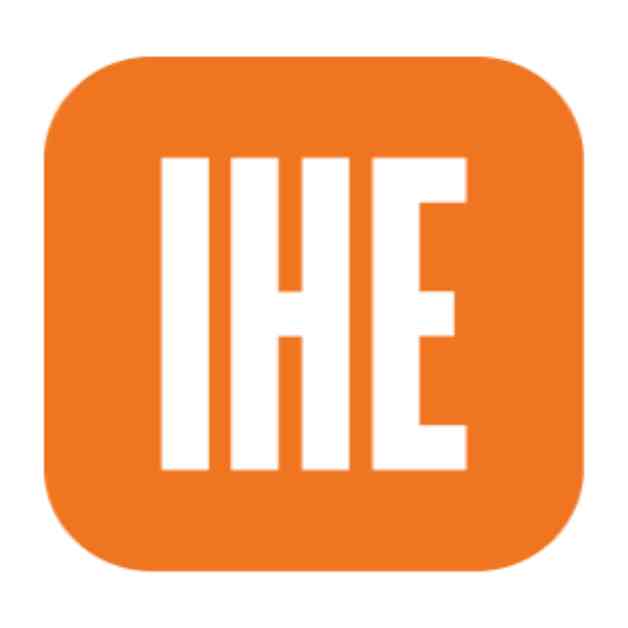MIT’s Efforts to Increase Diversity
In response to the decrease in diversity among the incoming freshman class, MIT has been implementing various initiatives to increase representation from underrepresented groups. One of these initiatives includes expanding outreach efforts to high schools with a high percentage of minority students. By actively engaging with these schools and providing resources for college preparation, MIT aims to attract a more diverse pool of applicants.
Additionally, MIT has been offering more need-based financial aid to students from underprivileged backgrounds. The institution recognizes that financial barriers can often deter minority students from applying to and enrolling in elite universities. By expanding financial aid options, MIT hopes to make higher education more accessible to students from all socio-economic backgrounds.
Challenges in Increasing Diversity
Despite MIT’s efforts to increase diversity, there are numerous challenges that the institution faces in achieving its goals. One of the main challenges is the lingering effects of the Supreme Court’s decision to ban affirmative action in college admissions. Without the ability to consider race as a factor in admissions, MIT must find alternative ways to attract and enroll students from underrepresented groups.
Another challenge is the competitive nature of the college admissions process. Elite universities like MIT often receive a large number of applications from highly qualified students, making it difficult to prioritize diversity in the admissions process. As a result, MIT must strike a delicate balance between academic excellence and diversity in its admissions decisions.
Future Strategies for Increasing Diversity
Looking ahead, MIT is exploring new strategies to further increase diversity among its student body. One potential strategy is to establish partnerships with organizations that focus on promoting education and opportunities for minority students. By collaborating with these organizations, MIT can tap into a wider network of talented individuals from diverse backgrounds.
Furthermore, MIT is considering implementing targeted recruitment efforts in regions with a high concentration of minority populations. By specifically targeting these regions, MIT can reach out to students who may not have otherwise considered applying to the institution. This proactive approach to recruitment can help expand the diversity of MIT’s applicant pool and ultimately, its student body.
In conclusion, MIT’s commitment to increasing diversity among its student body remains unwavering despite the challenges posed by recent legal decisions and competitive admissions processes. By implementing targeted outreach efforts, expanding financial aid options, and exploring new recruitment strategies, MIT is taking proactive steps to create a more inclusive and representative community on campus. Ultimately, the success of these initiatives will be measured by the continued growth of diversity within MIT’s student body and the impact of these diverse perspectives on the institution as a whole.
